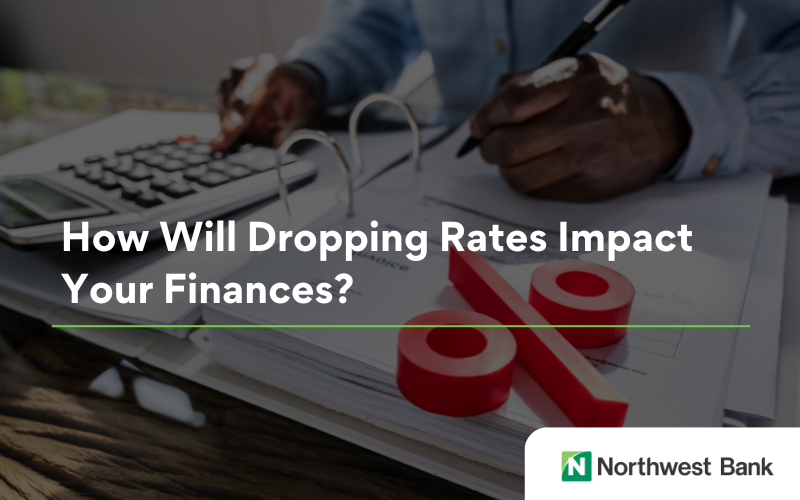Ohio Market Brief: Tech Investment Spurs Near-Term Jobs, Long-Term Opportunity
Ohio’s economy is currently fueled by a mix of traditional manufacturing and the rise of new technology. This combination bodes well for business, spurring outside investment and creating new jobs, says Kevin Nelson, Northwest Bank’s regional commercial market executive.
“We’ve always had a strong manufacturing base and now we’re adding a new sector to that,” he says. Nelson is referring to Intel’s announcement that it plans to build a $28 billion “mega-site” in New Albany to manufacture leading-edge computer chips.
The plant represents the largest private sector investment in the state’s history. Intel projects that it will create 3,000 jobs with the tech company and 7,000 construction jobs as the facilities are built.
“In addition to the jobs in the near-term, you also have to anticipate the jobs this investment will create that don’t even exist yet,” Nelson says. For example, he expects that the presence of Intel will drive demand for technology and engineering degree programs, creating a surge in related educational jobs and opportunities around Ohio.
Regional growth
In other parts of the state, Nelson says that health care, construction, insurance and finance sectors are driving growth. Columbus provides a great example. “It’s currently one of the fastest-growing cities in the country and home to The Ohio State University,” he says. Real estate activity there and elsewhere is boosting the financial sector, along with creating demand in construction for skilled workers.
In the greater Cleveland area, health care continues to generate opportunities for investment and jobs. “From hospitals to physicians’ offices to healthcare research and tech companies, health care is a sector that we expect will keep growing,” Nelson says. “I think we may see more health-related research companies on the move and looking toward Ohio.”
He notes that high interest rates have impacted economic growth, prompting some organizations to pause expansion projects. When the Fed will lower rates remains a question, especially as it looks to curb inflation. “I think they’re going to remain disciplined in how they approach a rate reduction — they don’t want to lower rates and then turn around and raise them again,” Nelson says.
Business takeaways
The current economic climate offers new opportunities and potential risks for Ohio businesses. There’s potential for growth in new and expected sectors; however, persistently higher interest rates and inflation require that businesses pay close attention to their spending.
“Companies are navigating this by being very strategic with their expenditures,” Nelson says. For example, it’s still smart to invest in equipment or an acquisition to set your company up for continued growth. But Nelson says to ensure you do your homework and have realistic expectations. “It may be longer before you reap the benefits,” he says.
Similarly, he advises that companies rein in unnecessary spending and prioritize efficiencies. Though it’s hard to know exactly when interest rates may change, it’s essential to keep costs in check for the near term. “I think we need to protect margins,” he says.
Finally, Nelson notes the importance of communicating with your commercial banking partner early and often. “Reach out to your financial institutions and discuss your plans regularly,” he says. “You don’t want to wait until you’re facing an urgent need or an emergency.”
The road ahead
Nelson remains optimistic about Ohio’s economy and the industries that underpin it. The state has a business-friendly climate and deep support from its educational systems to create a talent pipeline that sustains economic growth.
“I have a lot of faith in our manufacturing base, and Intel coming here is a game-changer,” he says. “I think other companies will see the quality of life Ohio provides and follow suit.”



